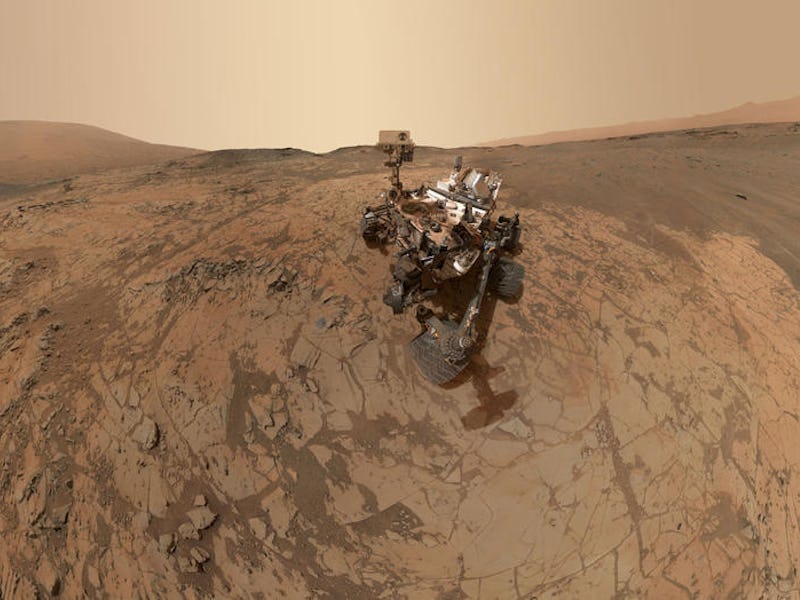NASA’s Mars Rover A.I. Could Help Drive Autonomous Cars

When Neurala’s Max Versace says that his company’s deep learning A.I. software is “platform agnostic,” boy, he’s not kidding. Its core product was first developed to let NASA’s Curiosity rover navigate the Martian desert, and now the company hopes it could work on everything from smartphones to toaster ovens — and most importantly, self-driving cars.
Neurala’s claim is that the innovations it was forced to make at NASA can be generalized to get similar efficiency increases from other forms of computing hardware. Its job in the Curiosity software suite is to analyze a stream of low-resolution images coming from an onboard camera, and use these images to determine how to navigate through the environment — so, of course, the most obvious target market is self-driving vehicles. The company is reportedly already working with a major auto manufacturer, but can’t yet reveal which.
The reason for the optimism is simple: most deep learning algorithms eat up an ungodly amount of energy. A.I. has failed on most consumer devices due to its inability to keep from bogging down processors and draining batteries in a matter of minutes. The traditional solution has been to upload the problem to a large corporate server, much the way modern smartphone voice recognition works, but that’s not an option for a rover trundling around an alien world.
The system Neurala designed for Curiosity could, in principle, run on almost any computing system with a GPU; Neurala’s first major customer was a consumer-grade drone company. That sort of ability to bring the full power of machine vision to virtually any platform will be very important, going forward — but Neurala is far from alone.
There’s plenty of competition in the self-driving space, and not nearly the efficiency bottleneck we find on NASA’s most advanced space missions. Google and Tesla are both pushing extremely high-profile offerings of their own, with Tesla’s getting the most press due to limited roll-outs around the world. Software developer Mobileye recently parted ways with Tesla, but reappeared earlier this month to announce its own, independent offering.
“You have to be really lean and innovative in the way you implement stuff at the [device level] as opposed to on the cloud,” Versace told IEEE Spectrum. “We want to provide the full, end-to-end solution to customers, including navigation, collision avoidance, and image processing, all small enough to run on a device versus doing the processing on a server.”
The problem, though, is that it’s questionable whether consumers will, or should, care. A self-driving car with slightly lower battery drain could still be terribly dangerous; cars aren’t drones, after all, and for many people cost concerns take a backseat to the level of trust they have in a brand’s safety standards. When people want to know they’re in the hands of the safest possible self-driving suite, energy efficiency might seem like a slightly petty concern.